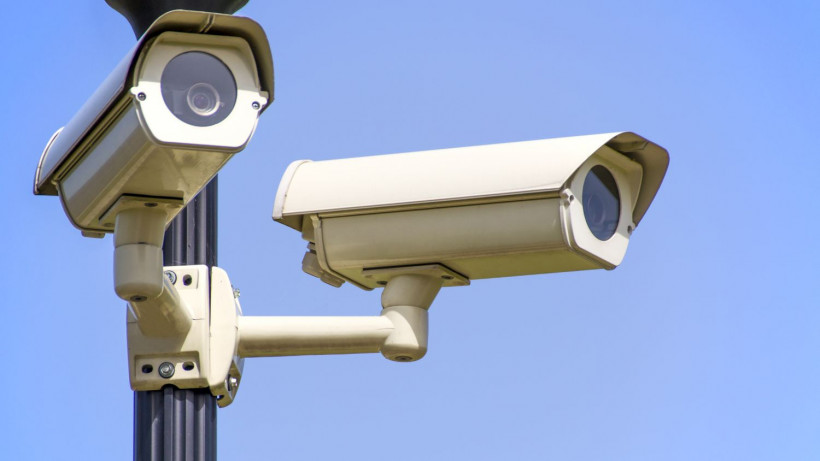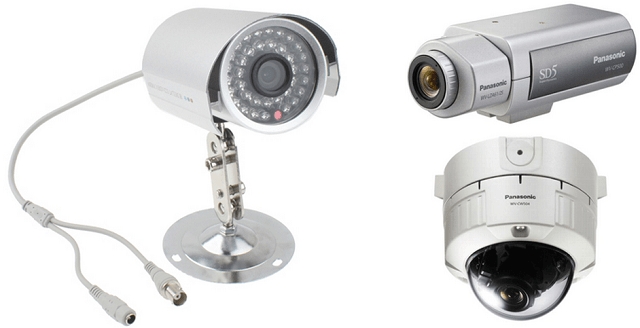Video surveillance using outdoor Wi-Fi cameras helps to significantly increase the security level of the controlled object and is ideal for situations in which it is impossible to install wired devices. When choosing outdoor devices of a wireless type, it is worthwhile to study in advance their types and features, selection criteria, main advantages and disadvantages.
Varieties of Wi-Fi cameras for the street
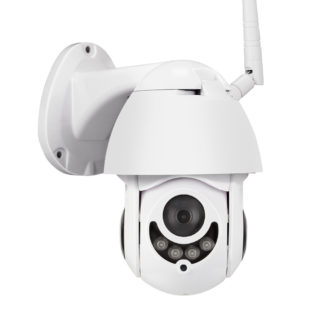
The wireless standard outdoor camera can work online, save data to a specified medium or transmit it by e-mail or SMS. Devices of this type are resistant to any weather conditions, since they are supplemented with a thermal casing to protect against temperature extremes. Many camera models are equipped with IR illumination and are suitable for tracking objects at night.
Wi-Fi outdoor surveillance cameras are divided into several categories depending on the design, installation method, additional details and the principle of operation.
Swivel
Rotary Wi-Fi camera for any type of street is equipped with a special lens and a mechanism that reacts to the movement of the tracking object. It provides a good view of up to 360 degrees and allows you to monitor large areas in the required area. Most modern devices of this type are supplemented with the function of turning vertically or horizontally, as well as IR illumination with a distance of up to 10 meters.
Dome
The main feature of domed devices is the presence of a hemispherical body, inside of which all the details of the device are hidden. Such video cameras for outdoor surveillance can be mounted on horizontal and vertical surfaces. Due to their optimal shape, they are reliably protected from the effects of weather and anthropogenic factors, and are also the cheapest in comparison with analogues.
Cylindrical
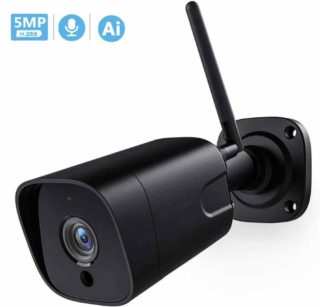
Cylindrical cameras are practical and convenient due to the design features. Modern devices are equipped with built-in speakers and microphones, and go well with various types of modems and motion sensors. The cylindrical devices are capable of quickly connecting to various networks and are equipped with a network and web interface.
With motion sensor
An outdoor Wi-Fi camera with a motion sensor works on a software or hardware basis. Devices of the first type are constantly offline and have a low level of power consumption. Devices of the second type are supplemented with a separate sensor, not connected with the main electronic circuits of the camera, in this case the target is tracked by ultrasound oscillations and by calculating the difference in image pulses.
Popular IP-models, the work of which is carried out via the Internet after binding the device to the IP-address of the computer. This makes it possible to monitor using a telephone, modem or wireless adapter. GSM cameras are connected to the satellite tracking system, which makes it possible to view the footage from any device with Internet access. The complete set of such devices usually includes a tracking sensor, as well as additional elements.
Camera features
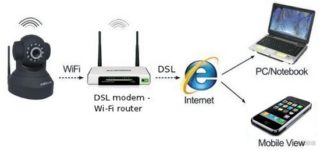
Outdoor Wi-Fi CCTV camera is suitable for use in any place where there is no electricity connection. They are used for the control and security of private, industrial or commercial areas, monitoring bridges, stations and highways, as well as other objects. Such a camera is a full-fledged video surveillance device with the ability to record files to a Micro SD flash card.
Users can access archives using a mobile or computer application, set up recording on a PC, or connect cameras to cloud storage to store files on a remote server. Most wireless camera models are connected to a router and configured in a standard way. After connecting to the router, the camera independently configures the remote connection using P2P technology, which makes it possible to control the device from anywhere.
Outdoor security cameras differ from indoor devices by the presence of a special housing that is resistant to environmental influences. Most modern outdoor appliances are equipped with a heated anti-vandal module that meets the IP66 protection standard. They are reliably protected from impacts by various objects, deliberate damage, ingress of dust and ingress of liquids.
Criteria for choosing a Wi-Fi camera for the street
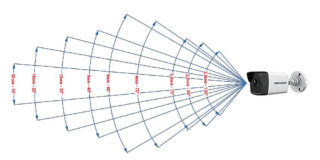
When choosing an outdoor Wi-Fi camera, you need to determine what options such a device should be equipped with, depending on your needs. This list may include auto-switching in day and night mode, transmitting a signal from a microphone, turning on from a motion sensor, encoding a video signal, IR illumination, recording a video archive, and much more. It is important to pay attention to the characteristics of the image quality, including the angle of view, sensitivity, resolution, temperature conditions, and how the recordings are compressed.
The main parameter is the degree of visibility, which determines the size of the controlled area. If the area to be monitored must be large horizontally, it is better to choose cameras with wide-angle lenses. To monitor objects located at long distances, it is worth purchasing devices with long-focus lenses, while taking into account that they reduce the horizontal field of view.
Video compression can be performed in JPEG or H.164 formats, the most modern cameras support the second type.
Connection highlights
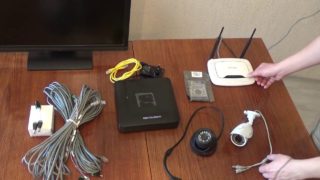
To connect and configure the device, it is enough to perform a series of simple steps and follow the step-by-step instructions:
- Connect the camera to the router using the UTP network cable and connect the router to the computer.
- Enter the IP address of the camera in the browser, go to the device settings and add a login with a password.
- Configure all the necessary parameters according to the instructions.
- Reboot the device, disconnect the wire and connect the camera via a wireless Wi-Fi network until the signal appears.
- Install the software from the disc supplied with the camera, or download new versions of the software from the manufacturer's website.
Finally, users will need to provide remote access to devices using special software.
Advantages and disadvantages
Benefits of outdoor Wi-Fi cameras include the absence of cables, which increases the device's mobility and allows it to be mounted where wires cannot be laid. Users can save archives on the cloud and access them from anywhere, customize the technique for triggering a motion sensor and alarm, view files from the camera in real time and control device rotation online. The devices can be used for broadcasting and work at a specially set time, for covert surveillance and as webcams.
Among the disadvantages are the low level of information protection and the presence of the risk of hacking. Wi-Fi signal can be interrupted due to unforeseen circumstances, including weather, equipment failure and other factors. During the installation of cameras, monolithic walls can impair the passage, transmission and reception of the signal.
If there are a large number of devices connected to one router, the capabilities of the data transmission channel are significantly reduced, this must be taken into account during the installation process.



